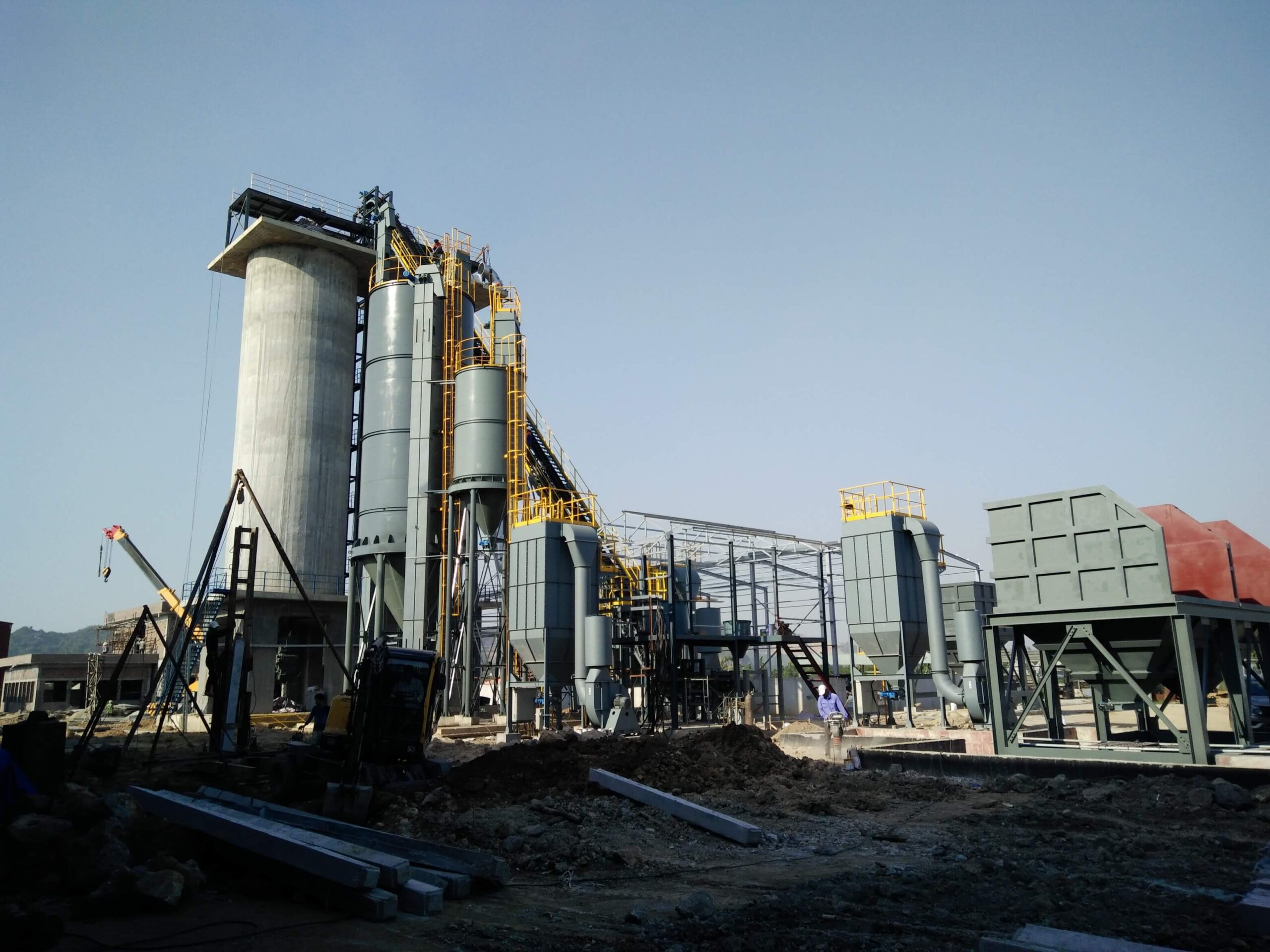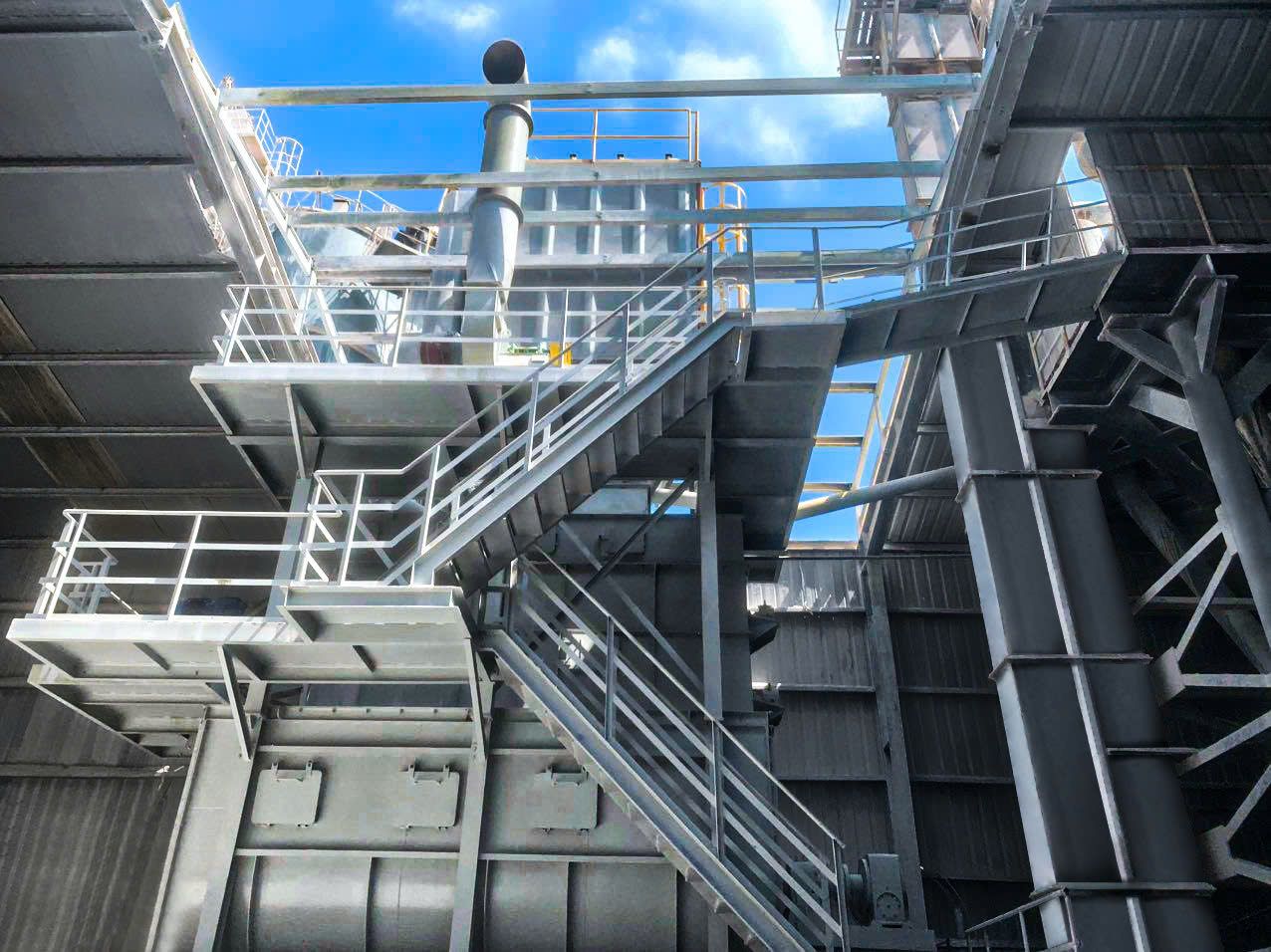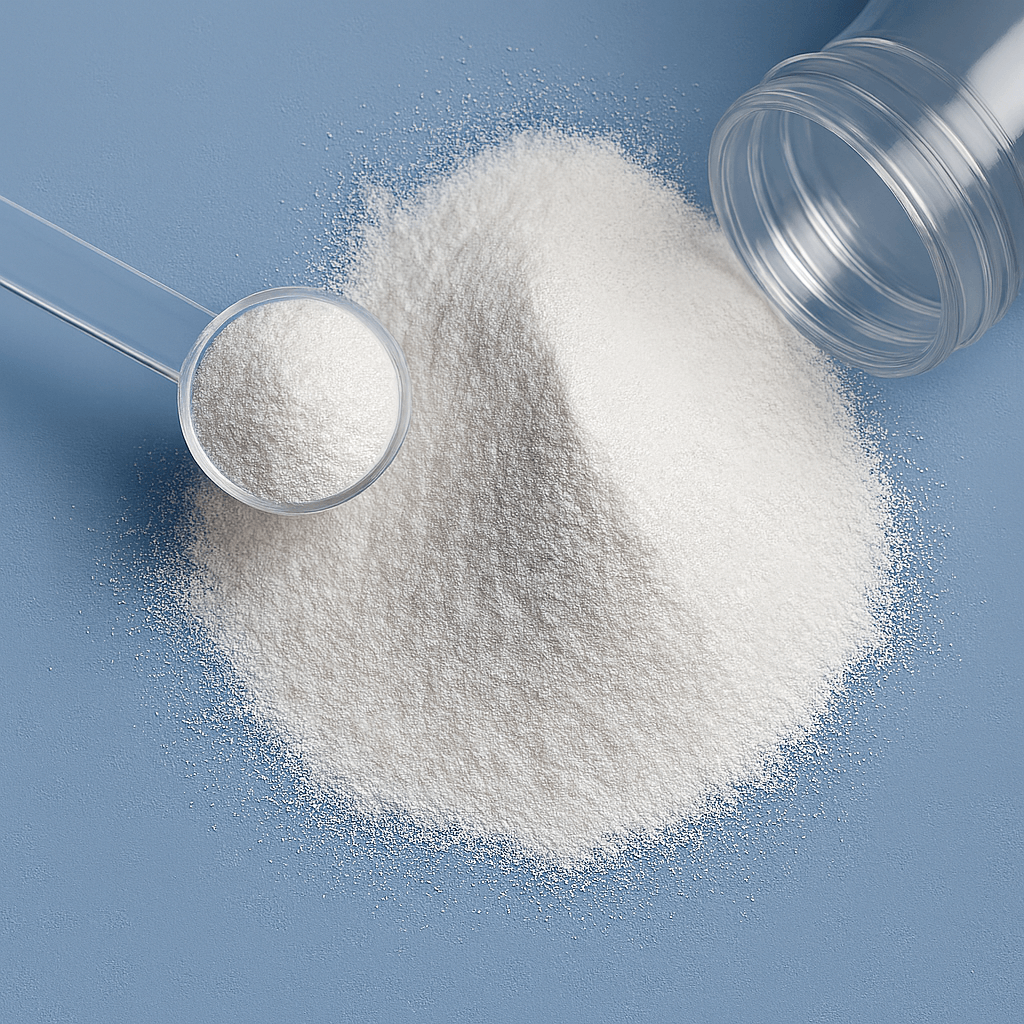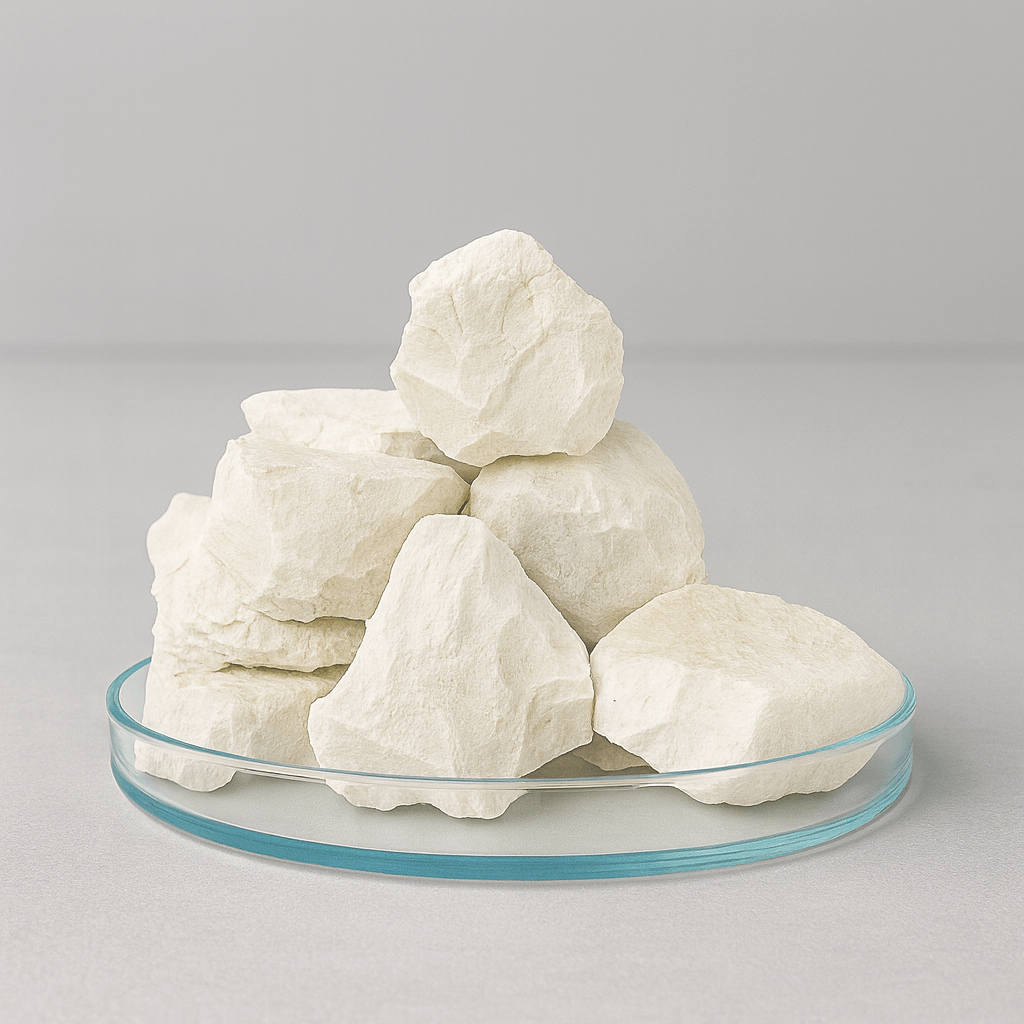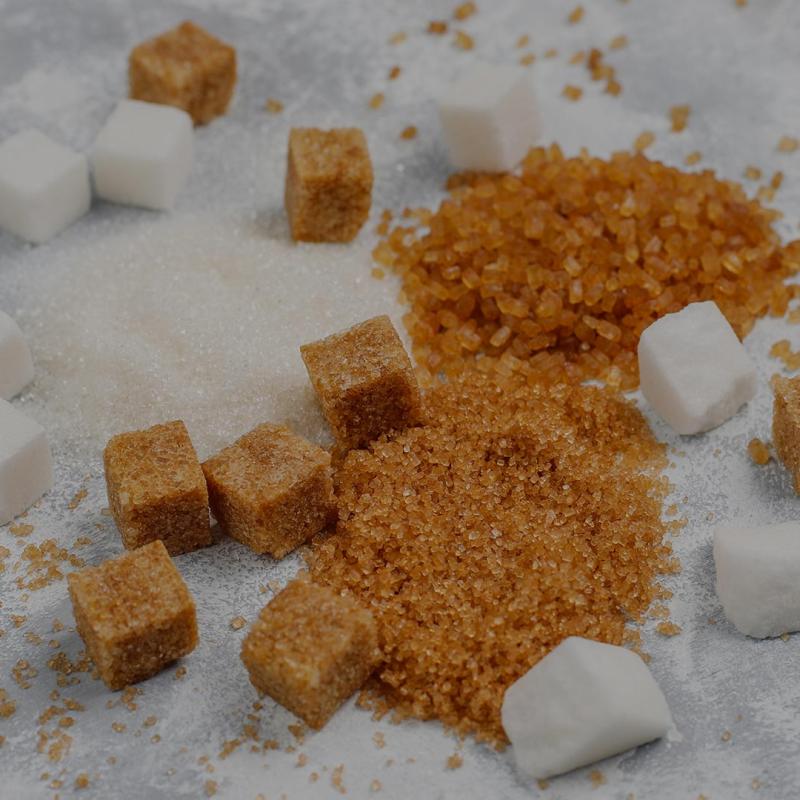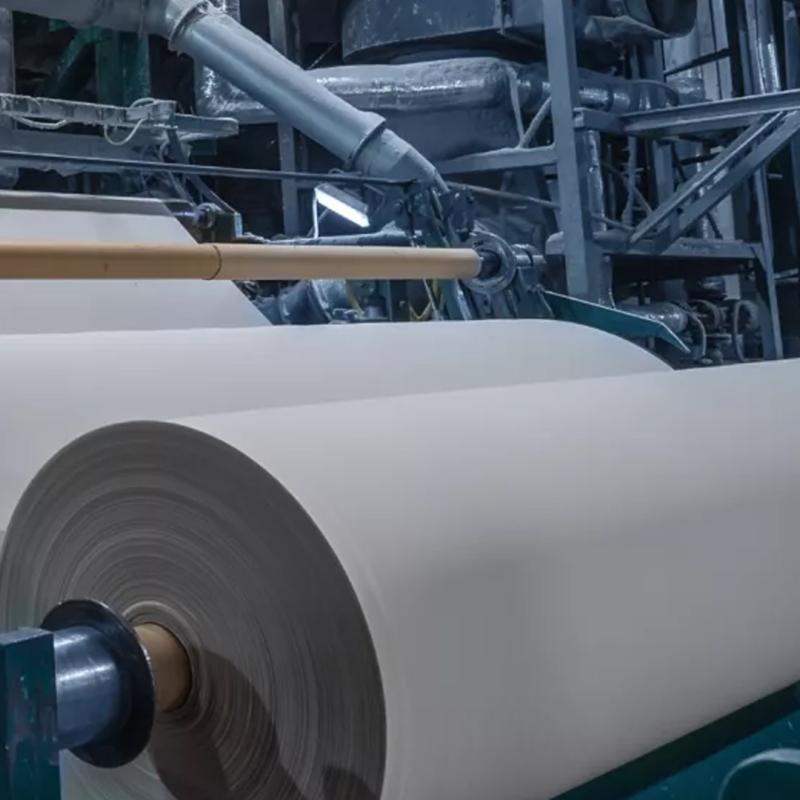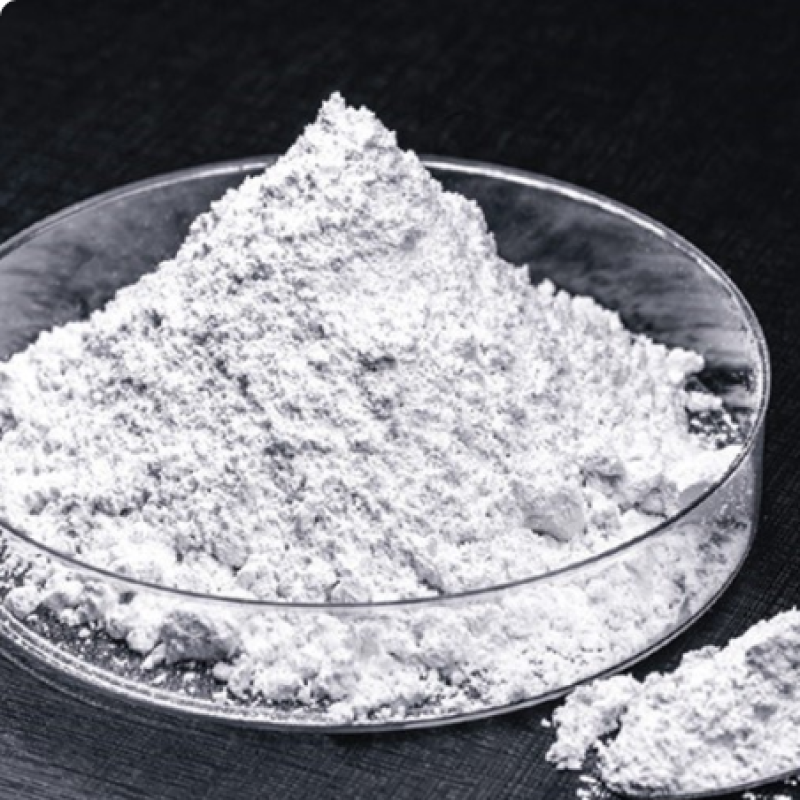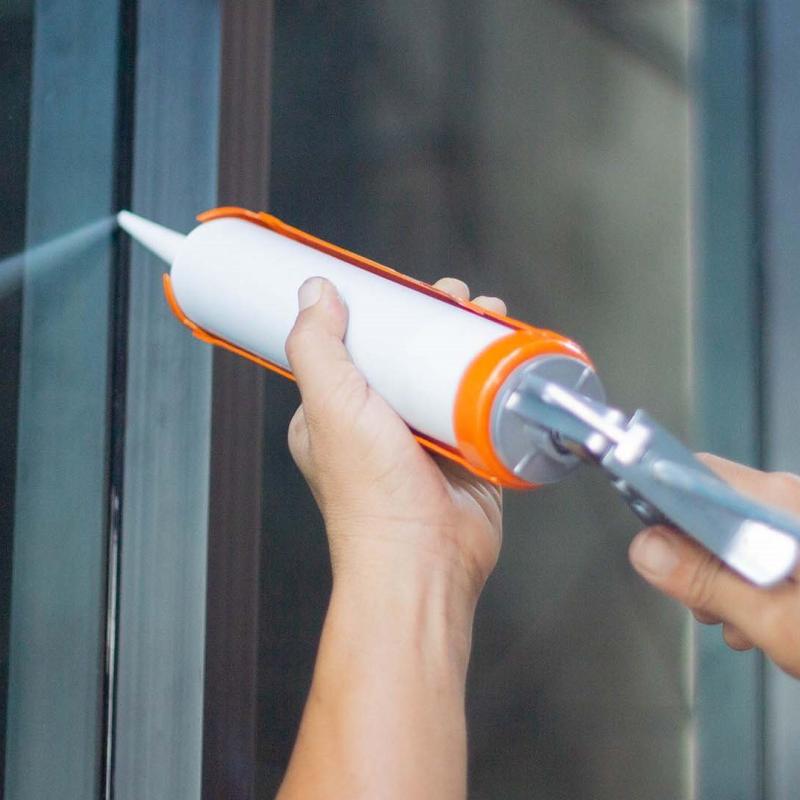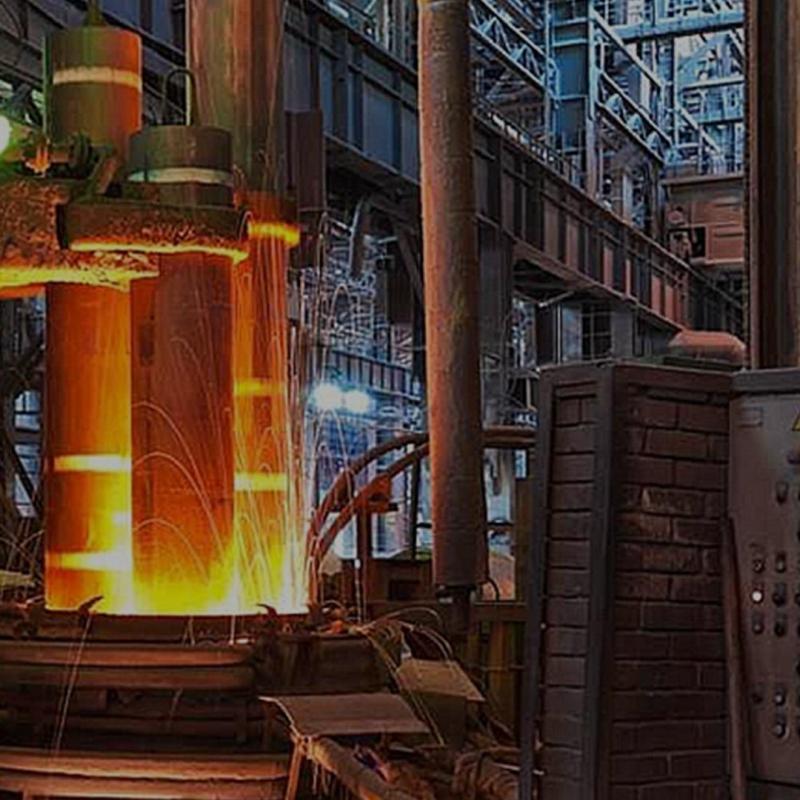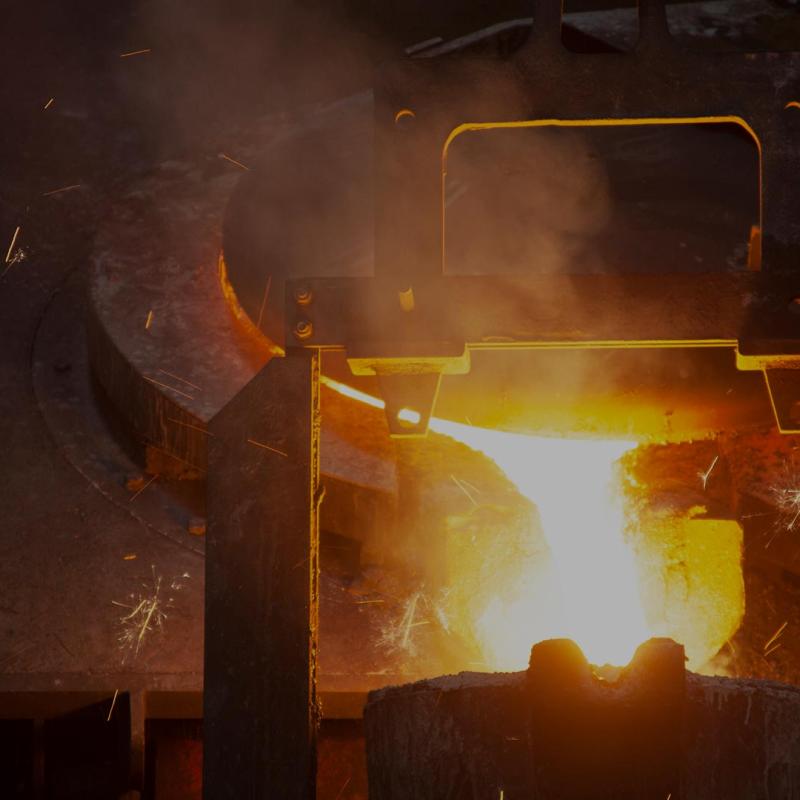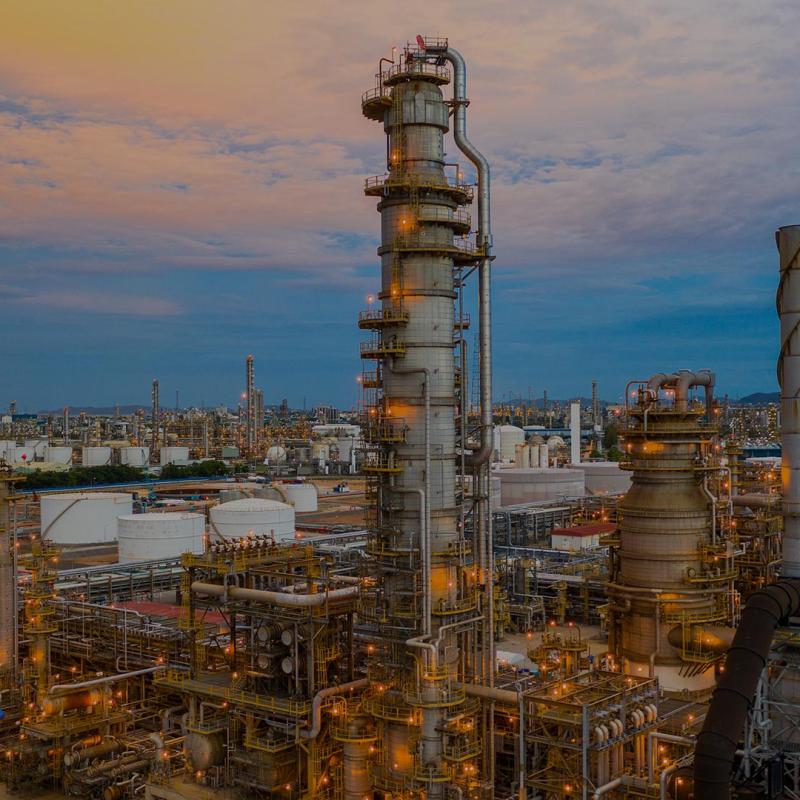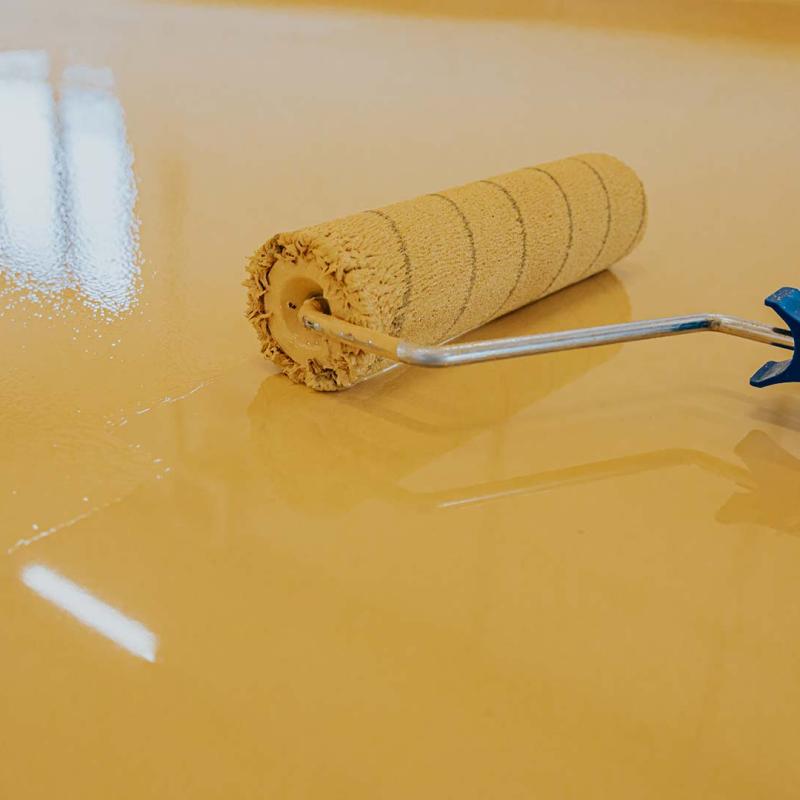Lime, specifically calcium oxide (CaO) and calcium hydroxide (Ca(OH)₂), plays a crucial role in the chemical industry due to its alkalinity, reactivity, and versatility. It is used for chemical manufacturing, pH regulation, water treatment, and flue gas treatment, illustrating its essential contributions across diverse industrial processes.

Market Needs
In the context of energy-from-waste (EfW) facilities, lime plays a crucial role in the treatment of emissions and waste by-products. It is integral to energy-from-waste facilities, primarily for flue gas treatment, acid gas neutralization, ash stabilization, and pH control. Its use helps in controlling emissions, neutralizing acidic gases, and stabilizing ash residues, contributing to cleaner and safer waste-to-energy processes.

Solution
In energy-from-waste (EfW) facilities, different types of lime are used for emission treatment and waste management. Quicklime (calcium oxide) and hydrated lime (calcium hydroxide) are primarily used for flue gas treatment, neutralizing acidic gases like sulfur dioxide and hydrogen chloride. They also help stabilize ash residues and control pH levels. Dolomitic lime, containing both calcium and magnesium oxides, provides additional buffering capacity, while high-calcium lime, with its high purity, offers enhanced reactivity and efficiency. The choice of lime depends on the specific requirements of the EFW process.



